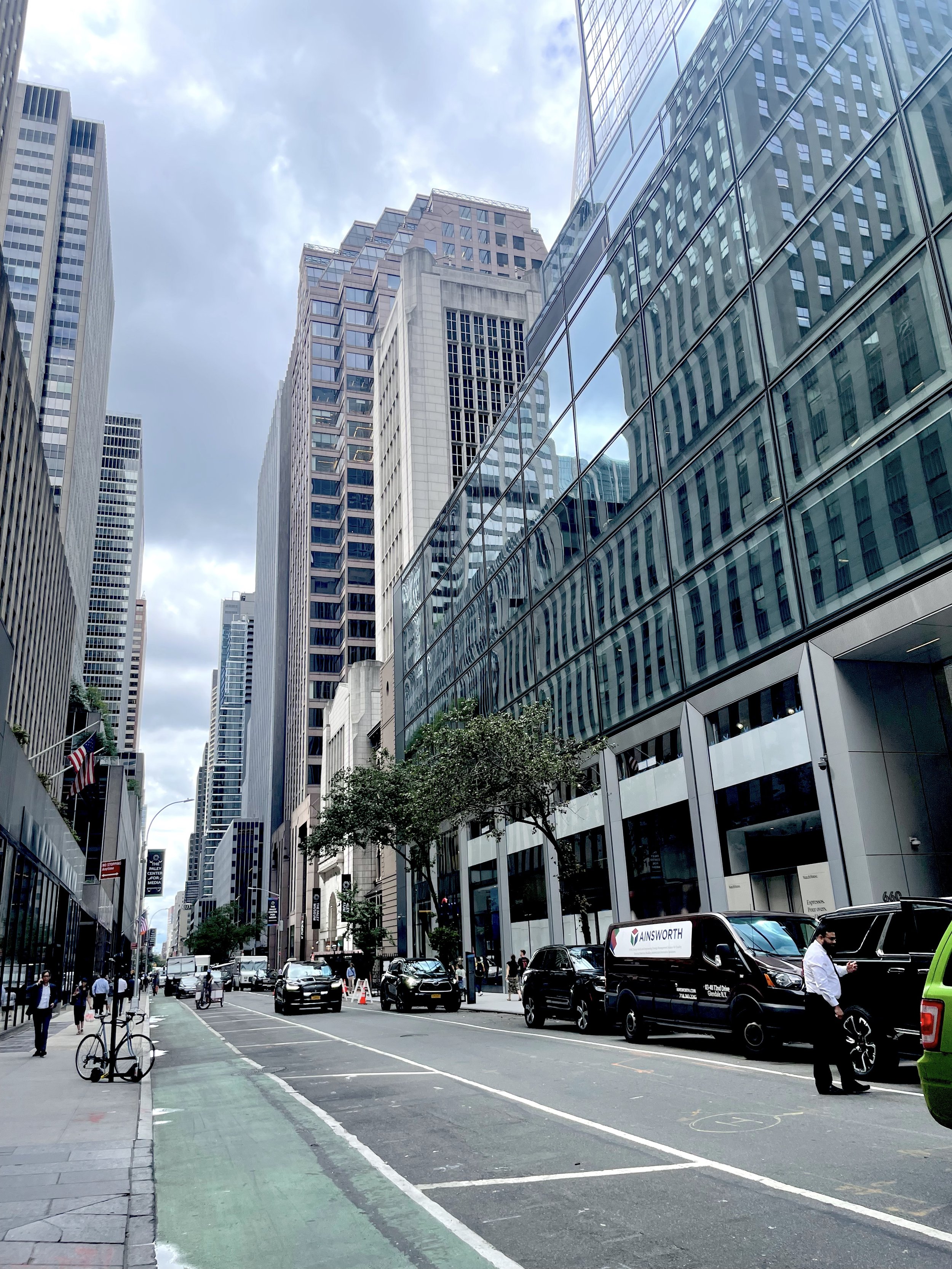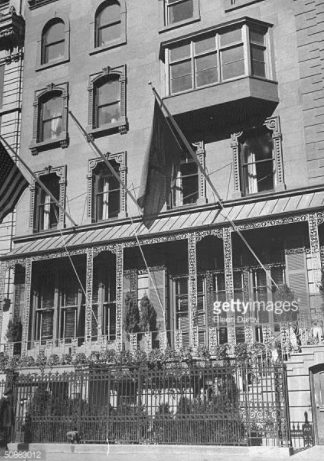Swing Street
I recently had dinner at Chef Alex Stupak’s latest creation, Mischa, which is located in midtown Manhattan on 53rd Street. (The food and experience were fantastic in case you were wondering and you should probably go.) After dinner as I walked around, I was curious about the area, it now being filled with blocks of sterile office buildings.
Did you know that 52nd Street was the epicenter of the New York jazz scene from the 1930’s to the 1950’s?
West 52nd Street between 5th and 6th Avenues (1937) - Photo: Library of Congress
52nd Street from 5th Avenue to 6th Avenue in the Prohibition Era was simply known as ‘The Street.’ It was littered with illegal speakeasy’s like Jack & Charlie’s 21 Club (later just known as the 21 Club which has unfortunately closed indefinitely) housed in old brownstones.
Illustration: The New Yorker
The jazz clubs on 'Swing Street' - Photo: Library of Congress
Once Prohibition was repealed in 1933, 52nd Street became the epicenter of the New York City jazz scene and became ‘Swing Street’. It was a destination for jazz and nightlife and was a who’s who of the jazz scene with musicians like Dizzy Gillespie, Thelonious Monk, Charlie Parker, Art Tatum, Fats Waller, Billie Holiday, and Miles Davis performing nightly. Could you imagine hopping around to see all of these groundbreaking musicians on one block?! Where’s my time machine?
The one and only Dizzy Gillespie goofing around on 52nd Street and Sixth Avenue - Photo: Gottlieb Archives
Thelonious Monk even wrote a tune called “52nd Street Theme.”
Thelonious Monk, Howard McGhee, Roy Eldridge, and Teddy Hill, Minton's Playhouse - Photo: Library of Congress
Ella Fitzgerald and Dizzy Gillespie - Photo: Library of Congress
Charlie Parker and Miles Davis - Photo: Gottlieb Archive
By the late 1940’s New York’s jazz scene was migrating elsewhere and the venues on 52nd Street became burlesque clubs and over time things started to decline. City politicians with the help of the police raided and fined the clubs, slowly putting an end to Swing Street. By the mid 1950’s plans were already underway for its redevelopment with office buildings and shiny new skyscrapers ready to break ground.
Swing Street in the 1950's - Photo: Gottlieb Archive
Swing Street today - Photo: Chris Baker
In the 1970s the writer Arnold Shaw said, "gazing up at the tidy towers of aluminum and glass, no one could possibly imagine what a nighttime whirl of exciting sounds, gifted performers and enthusiastic audiences The Street once was."
The 21 Club in the 1940's and today, virtually unchanged and the last remaining artifact from 'Swing Street'
The New York Jazz Scene Today
Jazz, just like New York City, is ever evolving. That's why they are synonymous with each other. Today, there is a vibrant young jazz scene here in New York City. I often go see my friend Reed Miller (ReedMillerMusic) who is a phenomenal jazz guitarist play all over Manhattan and Brooklyn. Get out there, go see some music and be a part of history.
Reed Miller and company at Smalls - Photo: Chris Baker











